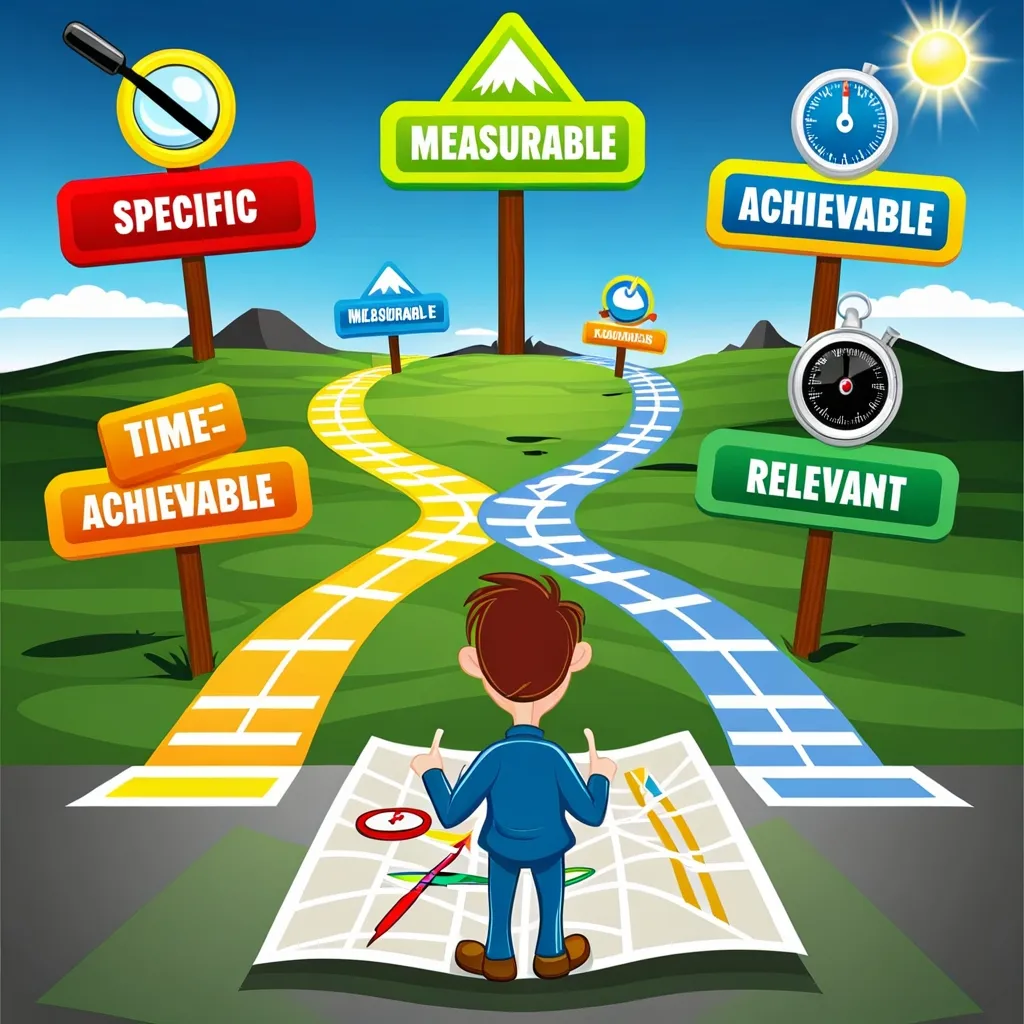Life can sometimes feel like a constant juggling act, with tasks and responsibilities flying around in every direction. There’s always that trusty to-do list to lean on, right? But here’s the catch: it’s easy to let those lists turn into a monstrous mess that overwhelms rather than organizes. Imagine a tool that helps you cut through the chaos by focusing not on what to do but rather on what not to do. Enter the unsung hero: the not-to-do list.
Think of daily tasks as individual brush strokes that, combined, create a larger canvas. The beauty of a not-to-do list is that it lets you decide which strokes to skip, helping shape a masterpiece without unnecessary scribbles. As life’s distractions multiply—from endless notifications to the ping of unread emails—the not-to-do list suggests an art of subtraction, not addition.
Picture a world of clarity amidst today’s bombardment of distractions. Each notification that chimes at an awkward time is essentially a siren drawing you from the shores of productivity. The not-to-do list is akin to earplugs. It’s like a protective enchantment, safeguarding your priorities and anchoring your focus.
Creating one is a mix of art and introspection. Begin by mentally rewinding through last month’s tasks. Identify repeat offenders—the little nuisances that sap energy or steer you away from crucial goals. These aren’t always glaring; sometimes they sneak in as innocent distractions. Perhaps it’s as mundane as constant email checking or that habit of grazing on social media. Catalog them carefully, each an entry on your not-to-do manifesto.
Once the list takes form, it becomes all about boundaries. Maybe emails are your kryptonite. Instead of an open door policy for emails, decide to read them only twice a day—perhaps once with morning coffee, and again post-lunch. These boundaries don’t just manage time; they liberate it.
Now, imagine saying “no” with confidence and ease. That’s one of the toughest lessons from the not-to-do list syllabus. It’s about owning your limits and unapologetically setting boundaries. And the results are worth it. Turning down what’s non-essential doesn’t limit you; it liberates you to commit fully to what truly counts.
Consider what might land on such a list: the urge to eat lunch hunched over a desk, disregarding essential breaks. Or taking a smartphone into your fortress of sleep—a bedroom. So often, we become slaves to the blue glow of screens, sacrificing restful nights. How about trying some good old-fashioned book reading before bed as an alternative?
And then, there’s pleasing everyone. Picture that autopilot “yes” response to every request that drifts your way. Instead, offer that polite but resolute “no” where needed. This isn’t about building walls; it’s about safeguarding your highest values and goals.
The perks of this anti-list are extensive. With fewer distractions, focus sharpens into clarity laser-like in precision. The ensuing boost in productivity is not just about getting more done—it’s about achieving what truly matters with grace and efficiency. Time management becomes less a daily fight, more a measured dance where you lead rather than follow.
Maintaining such a list isn’t a one-off task; it’s more a dance that evolves over time. Stay nimble as you return to this list, eyes peeled for shifts in your life and priorities. This isn’t a ‘set and forget’ affair. It’s dynamic, shaping to fit your journey as you grow. Don’t overload it; start small. Master a few “nos,” and then add more as needed. Remember, slipping up isn’t failure—it’s part of learning. Every falter is a step towards refinement and greater discipline.
In the workplace, such a list brings clarity amid chaos. Consider ceasing the habit of checking emails during meetings. Or, perhaps resist the allure of side projects that only dilute focus from high-impact goals. At home, perhaps “no junk food after 8 p.m.” or “no skipping gym days” enhances health habits, committing you to well-being beyond tasks.
The brilliance of a not-to-do list lies in its empowering simplicity. It’s a nod to the strengths of omission, refining focus not through tasks done, but tasks wisely ignored. This isn’t just about doing less as an end in itself; rather, it’s about saying no to distractions in order to shout a resounding yes to what profoundly resonates with your life’s arc.
This isn’t merely a tactic for productivity pros or busy bees. It’s a tool for anyone seeking more balanced, intentional, and fulfilling days. Out of life’s chaos emerges an elegant simplicity, creating space for deeper engagement and resulting satisfaction. By mastering the subtle art of elimination, one gains not just time, but perhaps life’s most cherished gem: clarity.






